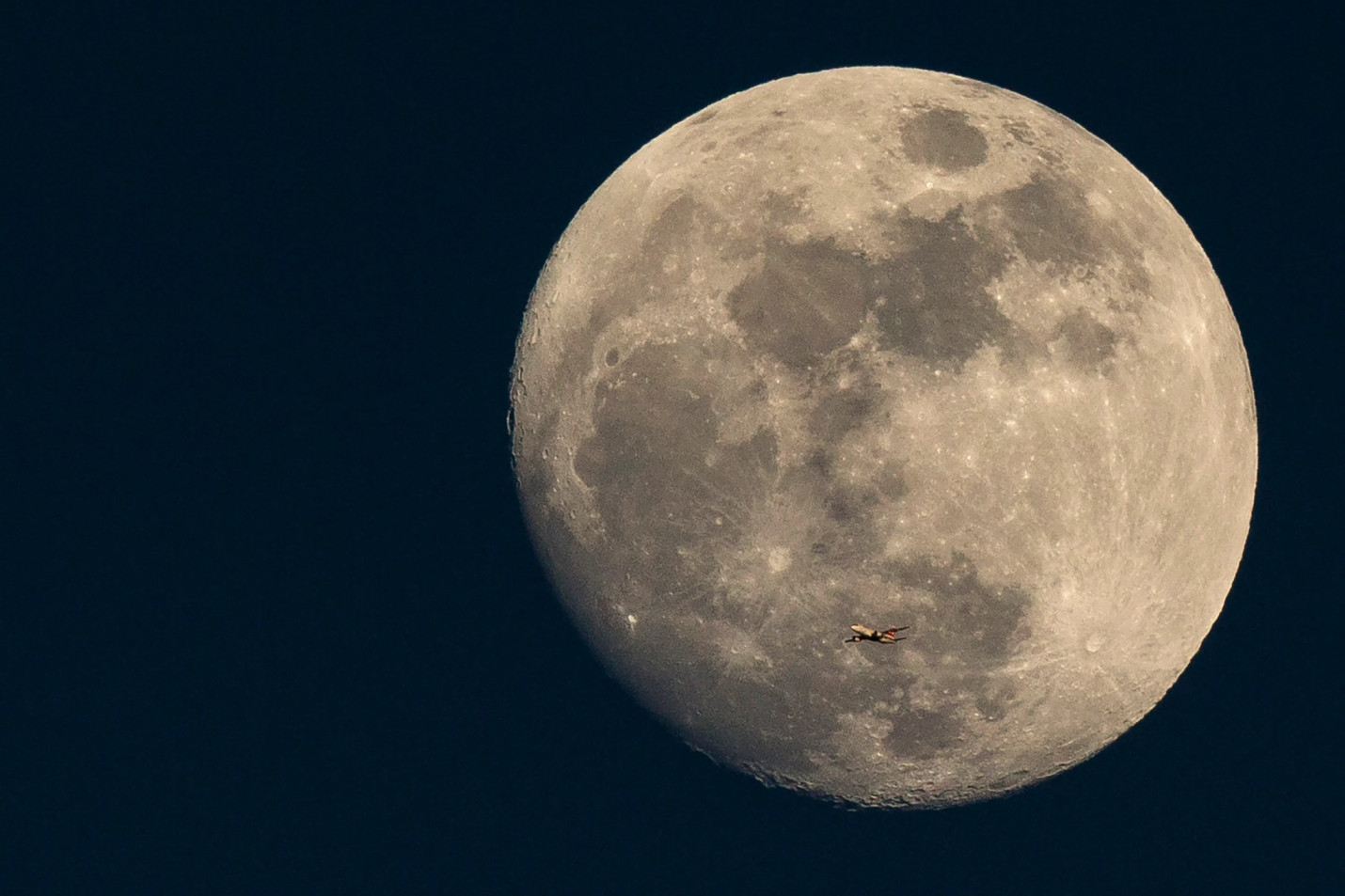Free Courses Sale ends Soon, Get It Now


Free Courses Sale ends Soon, Get It Now



Copyright infringement not intended
Picture Courtesy: www.independent.co.uk
Context: The recent study has provided new insights into the age of the Moon, pushing back its estimated age by 40 million years to at least 4.46 billion years. This discovery is significant because it helps us better understand the Moon's formation and its role in our planetary system.
Key Highlights of the Research
|
Lunar Crystals and Moon Formation |
●The researchers used lunar crystals found in a dust sample brought back by Apollo astronauts in 1972. These tiny crystals are important because they can provide clues about when the Moon was formed. ●The Moon is believed to have formed after a massive collision between Earth and a Mars-sized object. This impact melted the rock that eventually became the Moon's surface. |
|
Minimum Age Determination |
●The age of the Moon can be determined based on when these crystals formed. Crystals on the Moon's surface must have formed after the lunar magma ocean cooled following the collision. Therefore, the age of these crystals represents a minimum age for the Moon itself. |
|
Analytical Method |
●The researchers used a sophisticated analytical technique called "atom probe tomography" to examine the zircon crystals. This process involves sharpening a piece of the lunar sample into a sharp tip and then using UV lasers to evaporate atoms from its surface. ●The evaporated atoms are then analyzed using a mass spectrometer, which determines their composition based on their speed. |
|
Radioactive Decay |
●By examining the proportion of different uranium and lead atoms within the zircon crystals, the researchers could determine their age. Uranium undergoes radioactive decay over time and transforms into lead. By measuring the ratio of these isotopes, the researchers could estimate the age of the crystals. |
|
Revised Moon Age |
●The analysis of the zircon crystals revealed that they are about 4.46 billion years old. This age indicates that the Moon must be at least 4.46 billion years old, as the crystals formed after the Moon's initial formation. The previous estimate had placed the Moon's age at around 4.4 billion years. |
|
Importance of Moon's Age |
●Understanding the Moon's age is crucial because it has several important effects on our planet. The Moon stabilizes Earth's rotational axis, which in turn affects the Earth's climate and seasons. It also influences the length of our day and causes tides, which are essential for various ecological processes and coastal ecosystems. |
About Moon
Basic Characteristics
Formation
Phases of the Moon
Surface Features
Lack of Atmosphere
Gravity
Orbital Synchronization
Tidal Effects
Scientific Significance
Conclusion
|
PRACTICE QUESTION Q. How did the Moon form, and what is the leading scientific explanation for this celestial event? What key evidence supports this theory? |
© 2024 iasgyan. All right reserved